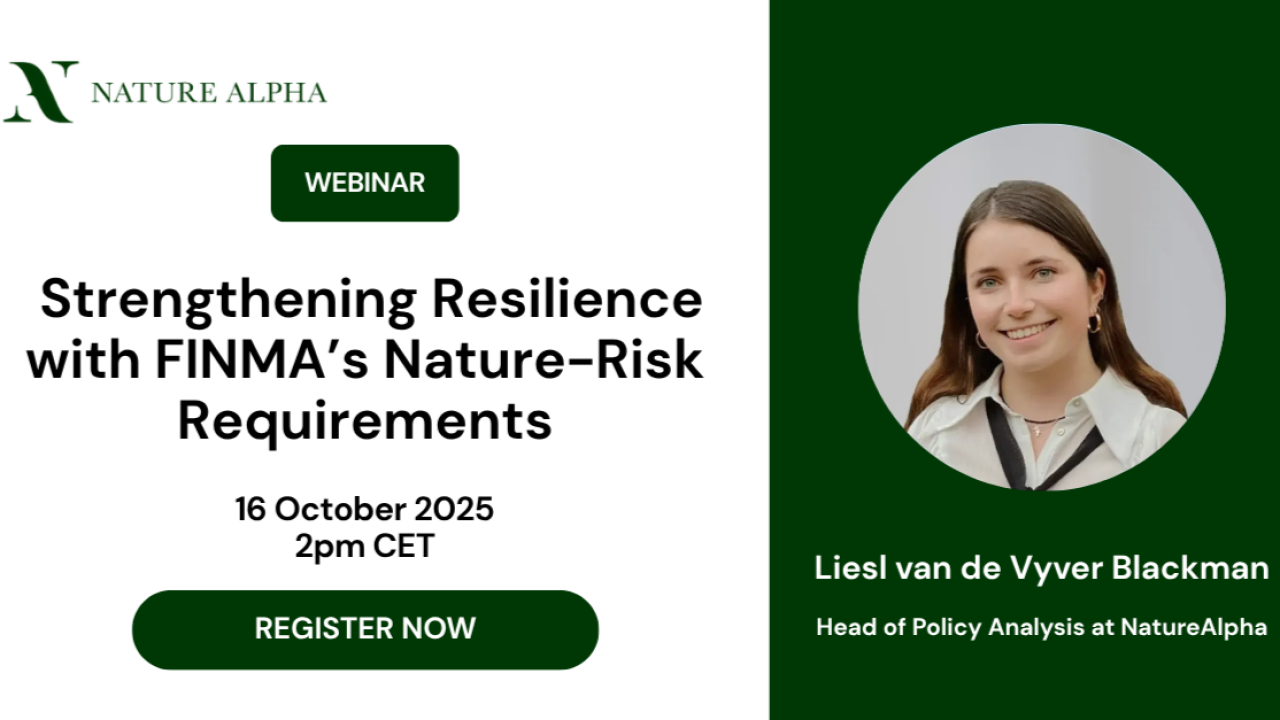NatMoM: Species Threat Abatement and Restoration Risk (STAR)

In this month's Nature Metric of the Month, we take a close look at IBAT’s STAR metric, your partner in identifying locations that will benefit the most from abatement or restoration.
What is STAR?
The STAR metric is designed to help organisations identify locations where species threat abatement or restoration activities will have the greatest effect on global extinction risk. It does this by aggregating data around IUCN Red List Species, known species threats at a specific location, and their risk of extinction. Specifically, for STAR Threat Abatement, this looks at the proportion of a red list species' known current habitat that exists within a defined area and then multiplies that proportion by the extinction risk of that species. For STAR Restoration, this looks at the proportion of a red-listed species known former habitats that exist within a defined area and then multiplies that by the extinction risk of that species. This is calculated for every species present in the predefined area, and the end scores are then aggregated to provide a total STAR for that defined area. The threats are categorised by the species present in the defined area.
Why Use STAR?
- Prioritisation of Mitigation Activities: STAR enables Financial Institutions (FIs) to identify the locations within a portfolio where mitigatory actions will have the greatest impact on reducing global extinction risk
- Site/Project Screening: For Green Bonds and Green Project Finance, it gives FIs an easy-to-use tool for screening which investments are likely to have the largest positive impact
- Target Setting and Tracking: STAR enables FIs to set and track progress towards conservation targets, allowing them to progress in line with 30x30 targets set out at COP
Limitations of STAR
Whilst providing a great start for pinpointing sites for abatement or restoration activities, there are some limitations to STAR:
- Only focuses on threatened or near-threatened species: whilst important, users who want to understand a more rounded picture of biodiversity at a given site may need supplementary metrics. This is one of the reasons NatureAlpha provides a wide range of supplementary nature and biodiversity layers.
- Focus is on species with limited range: hence, the metric may exclude threatened species that have wider ranges, e.g., some migratory bird species
Application of STAR
One example of a client using STAR was in their engagement strategy. Through an impact and dependency screening, they were able to identify that one of the companies they were looking to engage with had high exposure to water-related risks. Following this, they were able to identify the asset locations that had a high exposure to Physical Water Risks, which left them with roughly 30 sites. What they were then struggling with was how to prioritise which sites to focus their engagement activities on. This is where STAR can be hugely beneficial, as it shows the sites where abatement activities will have the most benefit to the global Red List Species abundance.

Here we can see STAR enabling us to go from 101 asset locations for a specific company, down to 4 sites which the stewardship team can then engage on to ensure they achieve the maximum environmental return on engagement.
If you would like to see exactly how we leveraged the STAR metric in this exact case, please feel free to contact or connect with a member of the NatureAlpha team and we would be happy to take you through a step-by-step for this exact company.
.png)









.jpg)
.jpg)